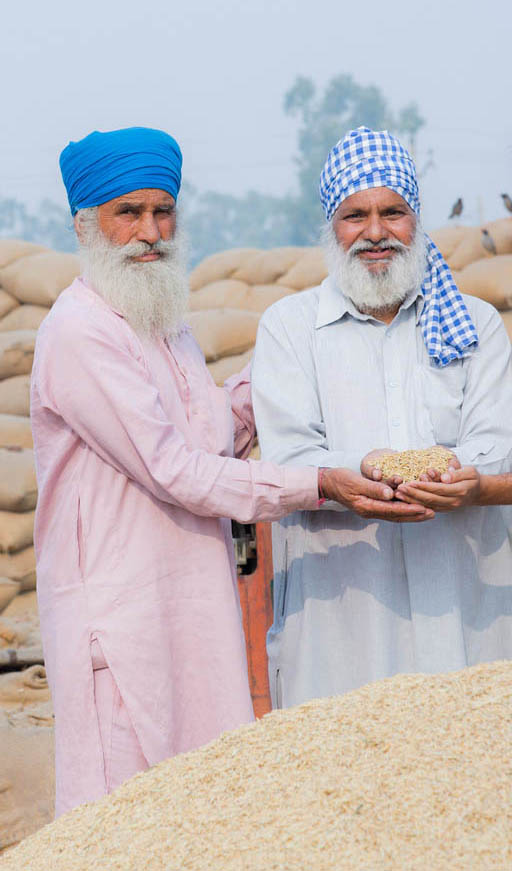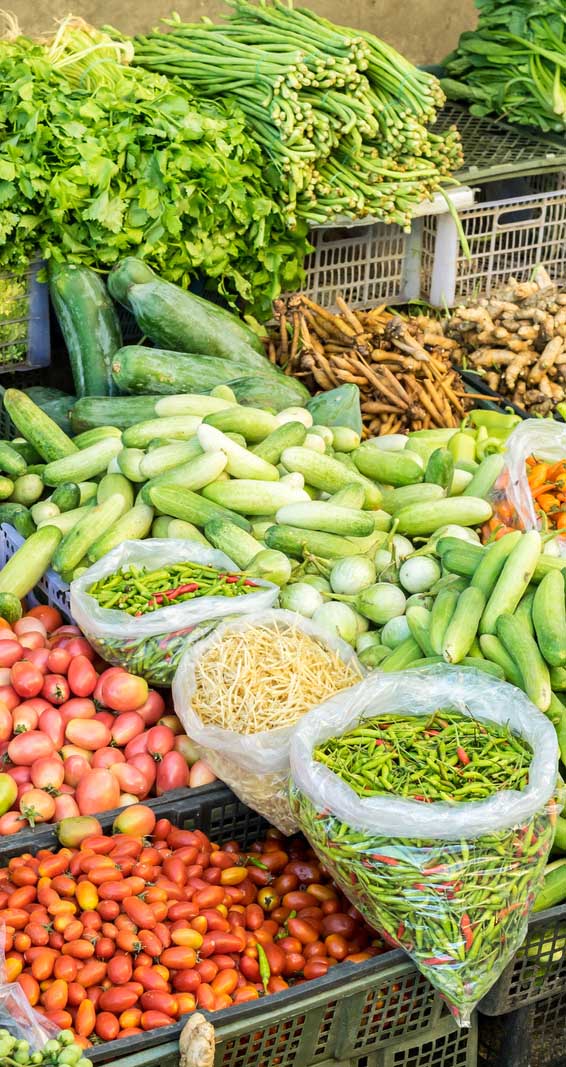Multiple output aggregators have come into play to aggregate produce at the farmer level and provide bulk or packaged products to business entities, retailers, or directly to consumers. The goal is to promptly address market failure in connecting farmer produce to markets with supply chain efficiency and price transparency. Traditionally, Indian fresh produce was prone to substantial post-harvest loss, estimated in the range of 25% two decades ago caused by lack of warehousing, supply chain imperfections, and fragmented markets. The agriculture produce market in India has always been a vexed issue, with significant State control on produce aggregation and procurement. However, several states have significantly amended the market laws and structures to facilitate private markets outside of the Agriculture Produce Marketing Committee (APMC) over the last decade. While the three laws proposed by the current government to amend some of the continuing challenges, farmers’ preference for the status quo reflects the slow process of change in bringing any modifications to market structures in other states. Each of the three laws proposed to address market imperfections relating to contracts for procurement, procurement by the private sector, and warehousing. However, all three bills have been shelved with prolonged protest by the farmers from the northern states.
Government effort to unify the markets across the country through electronic National Agricultural Market (e-NAM) by enabling inter-state trade in an online trading platform has witnessed plodding progress due to several states not yet aligning their laws to facilitate e-NAM.
The promise of Minimum Support Price (MSP) for food grains and the power of the State to fix the procurement price prevails for food grains in some of the prominent food grain-producing states. However, not more than a quarter of the primary farm produce has been under the procurement mechanism of the states. Corporate procurement in India by large entities (Tata, Cargill, ITC) prevailed for a long time, with companies such as Tata, Cargill, and ITC engaged in large procurement of grains and other farm products directly from farmers over the last decade. Spice processors have long-established direct linkage with farmers to source their spices. Potato processors have engaged farmers direct to grow and supply potatoes by providing seeds and other inputs and procuring the produce from the farmers. Corporate procurement (including procurements by co-ops) has differed for different products, almost 100% for products such as sugarcane, less than 40% for wheat, and less than 20% for fresh horticulture produce. Growing diversification of crops and the diversity of market players have created non-APMC channels over the years, with an enlarged presence of processors and retailers accounting for the core of the procurement.











